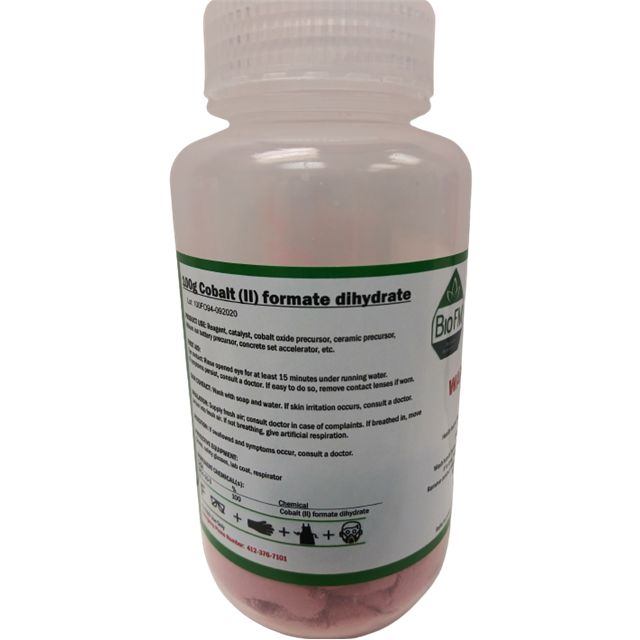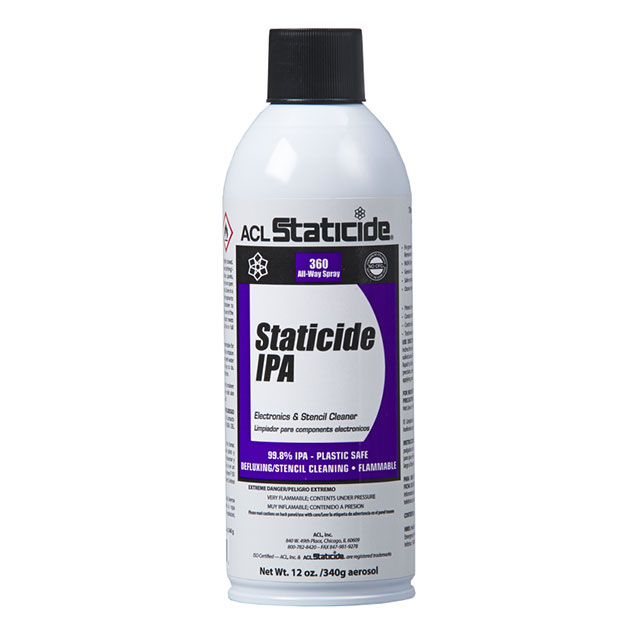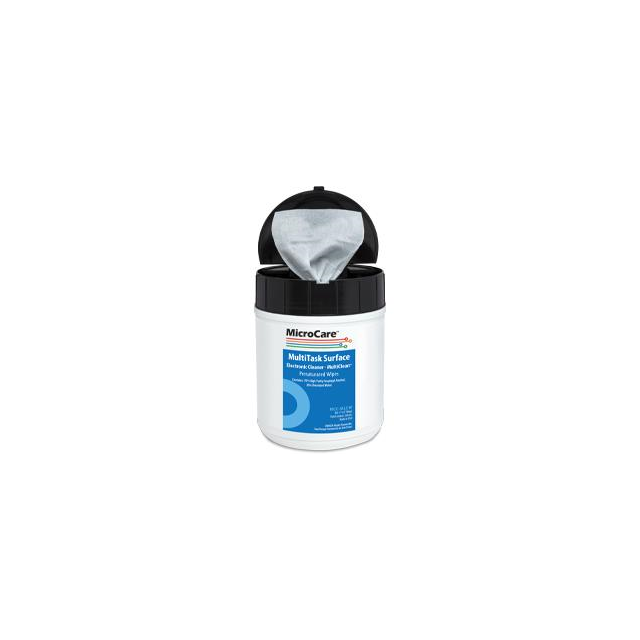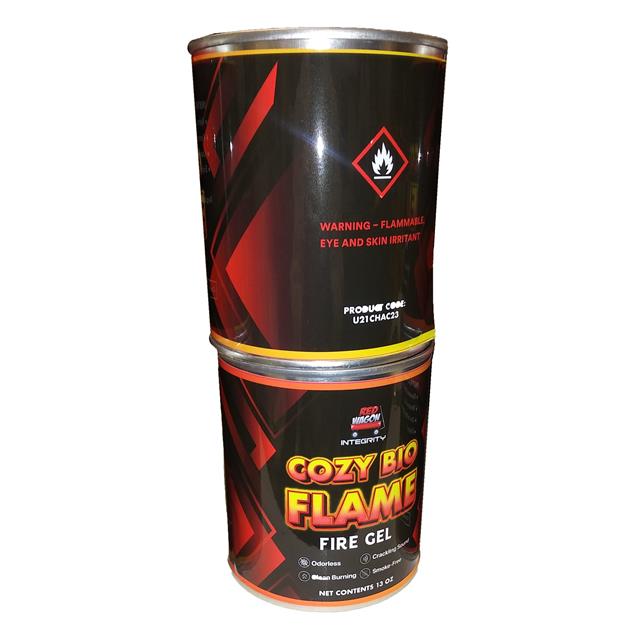

- RFQ
- BOM
-
Contact Us
Tel: +86-0755-83501315
Email: sales@sic-components.com
- Chinese
- English
- French
- German
- Portuguese
- Spanish
- Russian
- Japanese
- Korean
- Arabic
- Irish
- Greek
- Turkish
- Italian
- Danish
- Romanian
- Indonesian
- Czech
- Afrikaans
- Swedish
- Polish
- Basque
- Catalan
- Esperanto
- Hindi
- Lao
- Albanian
- Amharic
- Armenian
- Azerbaijani
- Belarusian
- Bengali
- Bosnian
- Bulgarian
- Cebuano
- Chichewa
- Corsican
- Croatian
- Dutch
- Estonian
- Filipino
- Finnish
- Frisian
- Galician
- Georgian
- Gujarati
- Haitian
- Hausa
- Hawaiian
- Hebrew
- Hmong
- Hungarian
- Icelandic
- Igbo
- Javanese
- Kannada
- Kazakh
- Khmer
- Kurdish
- Kyrgyz
- Latin
- Latvian
- Lithuanian
- Luxembou..
- Macedonian
- Malagasy
- Malay
- Malayalam
- Maltese
- Maori
- Marathi
- Mongolian
- Burmese
- Nepali
- Norwegian
- Pashto
- Persian
- Punjabi
- Serbian
- Sesotho
- Sinhala
- Slovak
- Slovenian
- Somali
- Samoan
- Scots Gaelic
- Shona
- Sindhi
- Sundanese
- Swahili
- Tajik
- Tamil
- Telugu
- Thai
- Ukrainian
- Urdu
- Uzbek
- Vietnamese
- Welsh
- Xhosa
- Yiddish
- Yoruba
- Zulu
- Kinyarwanda
- Tatar
- Oriya
- Turkmen
- Uyghur
Low Power Consumption Instrumentation Amplifier
In industrial automation, medical devices, wearable health monitoring, and the Internet of Things (IoT), low power consumption instrumentation amplifiers (INAs) have become core components for signal conditioning. These amplifiers must not only meet high-precision measurement requirements but also maintain excellent performance at microwatt-level power consumption, thereby extending battery life and reducing system heat dissipation. This article delves into the technical characteristics, key parameters, application scenarios, and selection considerations of low power INAs. https://www.sic-components.com/amplifierscategory-1
I. Technical Architecture and Core Advantages
Instrumentation amplifiers typically employ a three-op-amp architecture (as shown in Figure 1), consisting of two input buffer stages and a differential output stage. This design delivers high input impedance (>10⁹Ω), low output impedance (<0.1Ω), and excellent common-mode rejection ratio (CMRR>100dB). Low power models further optimize bias current (typically <1nA) and quiescent current (<1mA), such as Texas Instruments’ INA333 (2.2μA) and Analog Devices’ AD8422 (550μA).
Key Advantages:
Optimized Energy Efficiency: Through CMOS technology and dynamic biasing, power consumption is reduced to one-tenth of traditional INAs while maintaining microvolt-level offset voltage.
Rail-to-Rail I/O: Supports signal ranges close to the power rails, maximizing dynamic range for amplifying weak signals (e.g., ±100mV).
Integrated Gain Resistors: Models like the MCP6N16 feature precision gain resistors (error <0.1%), enabling gain configurations from 1 to 1000 without external components.
II. Key Performance Parameters
Power Consumption Metrics
Quiescent Current (IQ): Typical values range from 0.5–5mA, with ultra-low power models dropping below 1μA (e.g., AD8429 by Analog Devices).
Gain-Dependent Current: Some amplifiers (e.g., TI’s INA333) draw more current at higher gains, requiring attention to dynamic power consumption in specific applications.
Precision Metrics
Input Offset Voltage (VOS): Ideal values are <100μV, with low temperature drift (<0.5μV/°C) ensuring stability across wide temperature ranges.
CMRR and PSRR: Typically >100dB, high CMRR suppresses common-mode noise (e.g., ground loop interference).
Dynamic Performance
Bandwidth and Gain-Bandwidth Product (GBP): Ranges from 100kHz to 1MHz, requiring a balance between signal frequency and power consumption (lower bandwidth reduces noise and power).
Slew Rate (SR): Generally <1V/μs, suitable for slow-varying sensor signals (e.g., strain gauges, thermocouples).
III. Typical Application Scenarios
Medical Devices
ECG Monitoring: Requires low noise (<1μVrms) and low power (extended battery life). The AD8232, for example, integrates a right-leg drive circuit to simplify ECG front-end design.
Wearable Health Devices: Continuous glucose monitors demand μA-level power INAs, such as Maxim’s MAX4238, which maintains 120dB CMRR at 2.7μA current.
Industrial Process Control
4-20mA Current Loop Interfaces: Isolated INAs like the ISO124 amplify ±200mV differential signals at low power for industrial remote monitoring.
Strain Gauge Weighing Systems: High CMRR (>120dB) is critical to suppress common-mode interference, as seen in TI’s INA125, which consumes only 1.3mA at 5V.
IoT and Battery-Powered Systems
Environmental Sensor Nodes: Amplify weak temperature/pressure signals to ADC levels, such as the MCP6N16, which operates at 150μA from a 1.8V supply.
Energy Harvesting Systems: Ultra-low power INAs like Linear Technology’s LTC6915 minimize self-power consumption when deriving energy from vibrations or thermal sources.
IV. Selection Guide and Design Considerations
Balancing Power and Performance
For signals <10Hz (e.g., temperature sensing), prioritize low-bandwidth, low-power models (e.g., AD8422).
For high-speed signals (e.g., vibration monitoring), balance GBP and power, such as Analog Devices’ AD8221 (3.3mA at 1MHz bandwidth).
Power Supply and Interface Design
Single/Dual Supply: Single-supply INAs (e.g., MCP6N16) simplify battery designs but require attention to input common-mode voltage ranges.
External Component Optimization: Choose models with integrated gain resistors (e.g., LTC2053) to reduce BOM costs.
Noise and Precision Optimization
For high-resolution ADC front-ends, select low-noise INAs (e.g., AD8421 with 0.9μVp-p noise) and add RC filtering for high-frequency noise.
For long-distance transmission, prioritize high CMRR models (e.g., TI’s INA333, CMRR>110dB).
V. Market Leading Products Comparison
Model Quiescent Current Input Offset Voltage CMRR Gain Range Supply Voltage Typical Applications
INA333 (TI) 2.2μA 250μV 110dB 1–1000 2.7–5.5V Medical wearables
AD8422 (ADI) 550μA 50μV 120dB 1–1000 ±2.5–±18V Industrial process control
MCP6N16 (Microchip) 150μA 500μV 100dB 1–100 1.8–5.5V IoT sensor nodes
LTC2053 (ADI) 1.2mA 10μV 130dB 1–1000 ±2.5–±18V Precision test equipment
VI. Future Technical Trends
Sub-Threshold Design and Energy Harvesting: Further reduce power consumption (<1μA) via sub-threshold CMOS technology, enabling self-powered sensor nodes with energy harvesting modules.
Digital Programmable Integration: Integrate digital interfaces (e.g., I²C) for dynamic gain configuration (e.g., AD8428 by Analog Devices) to adapt to multi-scenario needs.
System-on-a-Chip (SoC) Convergence: Merge with ADCs and microcontrollers (e.g., Silicon Labs’ Si705x series) to create ultra-low power, single-chip sensing solutions.
Conclusion
The development of low power instrumentation amplifiers is driving industrial and medical devices toward miniaturization and extended lifespan. Design engineers must balance power consumption, precision, and dynamic performance based on application requirements, selecting components and optimizing peripheral circuits accordingly. With the proliferation of IoT and wearable devices, future low power INAs will prioritize integration and intelligence, providing more efficient signal conditioning solutions for edge computing.
https://www.sic-components.com/amplifierscategory-1

Hot Products
View MoreRelated Blogs

2000+
Daily average RFQ Volume

30,000,000
Standard Product Unit

2800+
Worldwide Manufacturers

15,000 m2
In-stock Warehouse






















 Wishlist (0 Items)
Wishlist (0 Items)